6 Ways to Reduce the Cost of Your CNC Project
_1920x1920.jpeg)
Factors affecting cost of your CNC project
The main factors affecting the cost of CNC machined parts can be categorized under these 5 headings: making a 3D model, geometry, production volume, material selection and finishing techniques.
Creating a 3D model
All CNC-milled parts begin as a 2D or a 3D model. If your project requires a 3D model, this will be designed using Computer Aided Design (CAD) software. The time and resources required to create a 3D model that can be milled are a significant part of the cost. The more complex your design, the more time it takes to create a 3D model. You can simplify the generation of CAD files by purchasing simple standard designs. If you want to produce a cabinet for example, there are multiple standard designs that you can use and adjust parametrically if necessary.
Geometry
As a general rule of thumb, the more geometrically complex a part is, the more expensive it will be to manufacture. Very complex parts may require more machining time, multiple passages and settings, distinct materials, and more precise inspection. Complexity also affects the type of CNC milling machine to be used. When milling straight lines on the x,y and z axis, a 3-axis CNC machine will suffice. However, if there are undulating lines in the design and you need a router that moves around the workpiece during machining, a 5-axis CNC milling machine must be used. This is a more expensive machine and thus will increase the cost of your project.
Finally, with CNC machining, there are two design choices that inevitably increase costs: internal corners with a small radius and deep cut-outs. It is not possible to produce sharp (internal) angles with a CNC machine, due to the cylindrical form of the drill bit. The smaller the radius, the smaller your router diameter needs to be. To reduce machine time, it is better to work with a bigger drill bit so you can remove more material at once. If you make your inner radii bigger, this will thus save you production time and costs, especially as you scale up your production.

You can also save machine time by making your cut-outs less deep. This will allow the router to move faster, since it has to chip less material. If the depth of your cut-outs is shallower, your blade will remain sharp for longer and you also then have the option to use a smaller drill bit.

Material
The material from which a part is made is one of the most important factors in the difference in price between projects. Materials are priced differently, with prices determined by their availability, desired properties and the costs to process the raw material into planks or sheets so it can be used for CNC’ing.
Another important matter to take into account is the nesting of your parts. In the wood industry you generally pay for a whole sheet of material even if you don’t use all of it. If you want to save on material costs, it helps to use as much of the sheet as possible so you have the least amount of leftover material.
The chart below shows the relative prices of some commonly used wood species. Please note that wood prices fluctuate and exact ratios may vary by location. The costs in the chart below are relative.

Production Volume
Reduce the cost of CNC machining with large-scale production. The unit cost for a set of identical parts decreases significantly as the repetition of those parts increases. This proportional reduction in cost is the result of eliminating repetitive installation costs. CAD design, CAM preparation and machine setup are handled once for all parts to be manufactured. Thus, for the start-up costs (think, for example, of the work preparation), it does not matter whether you order 1 or 100 pieces. With 100 pieces, however, this price will be divided so that the unit price will be a lot lower.
Finishing techniques
Parts with special inscriptions or letters are difficult to machine and require longer processing times. Therefore, avoid letters or complex inscriptions on the parts. If you must include letters or unique inscriptions, consider using engraved letters. Embossed lettering will increase the amount of waste material (and cost) to make the letters.
Conclusion
So if price is a major factor in your project, take another look at the complexity, geometry, material and inscriptions of your design and adjust where possible. In addition, keep in mind that if the production volume goes up, the price for production will also go down significantly. For more advice on price optimization of your CNC project, please contact us via e-mail or via chat!
Find out more about our CNC services here
Related articles:
8 quick tips to choose the right wood for your CNC project
Upload your design file and get a quote
within days
Quality production with trusted production network.
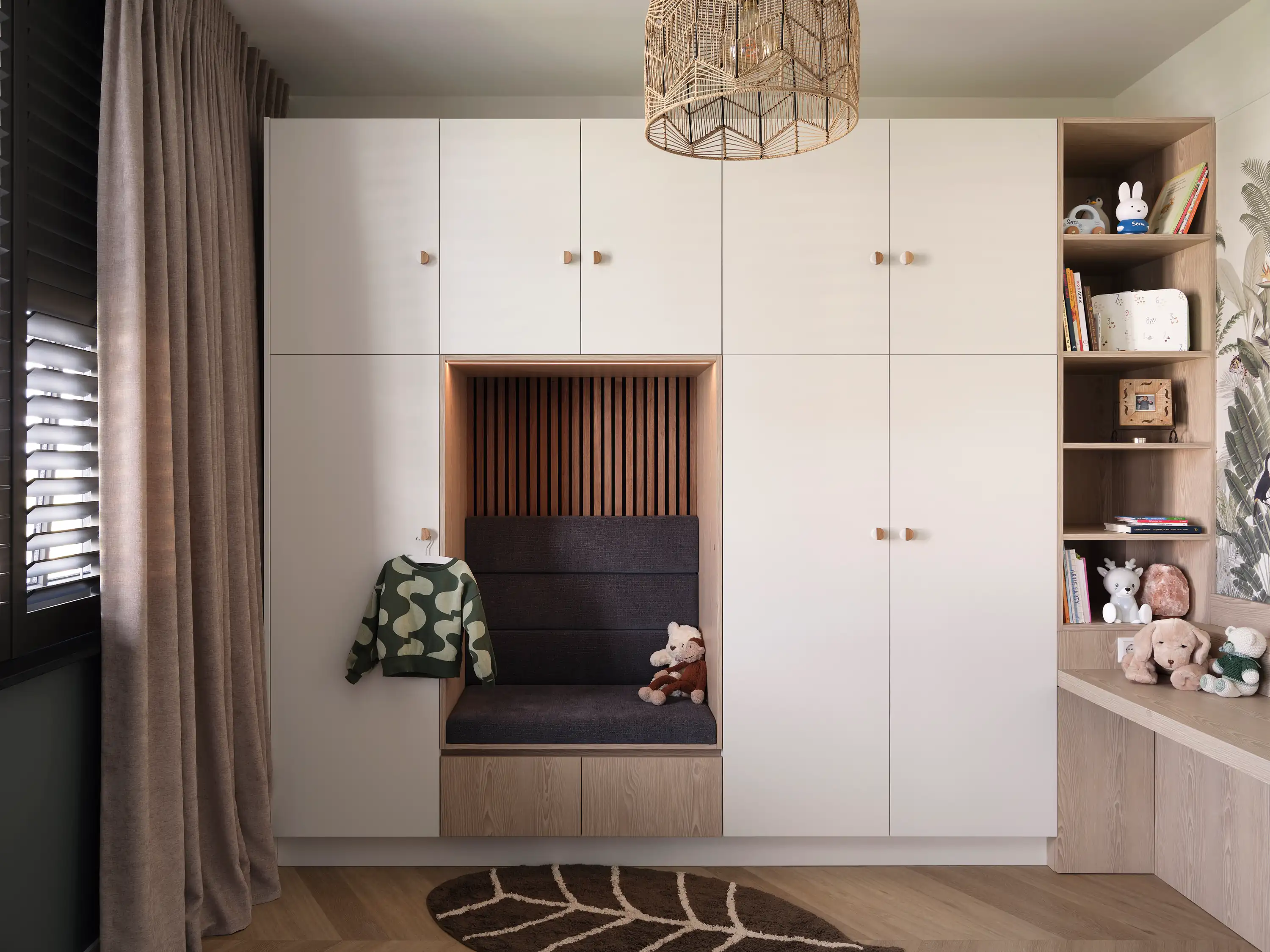
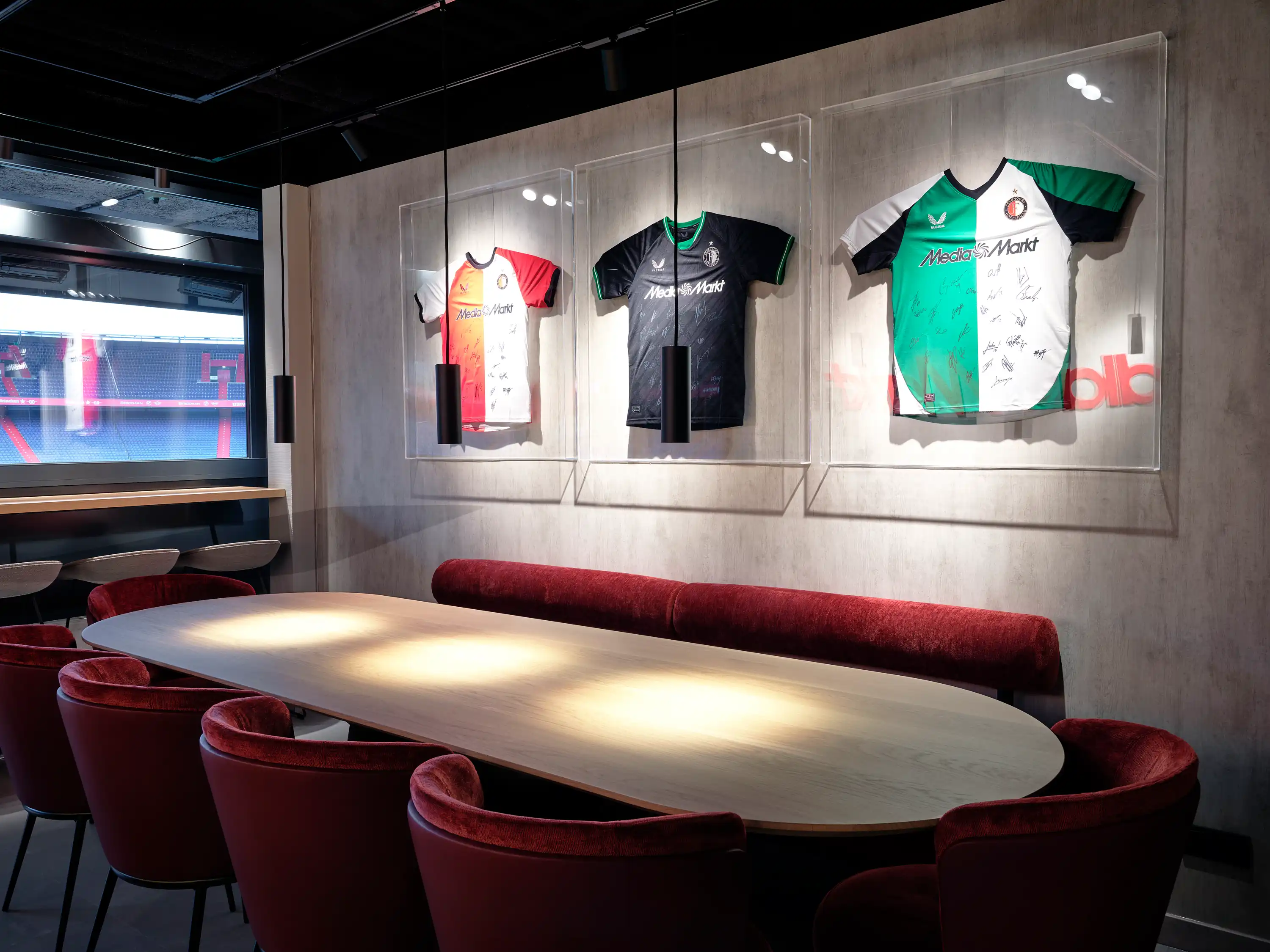

%20(1).webp)
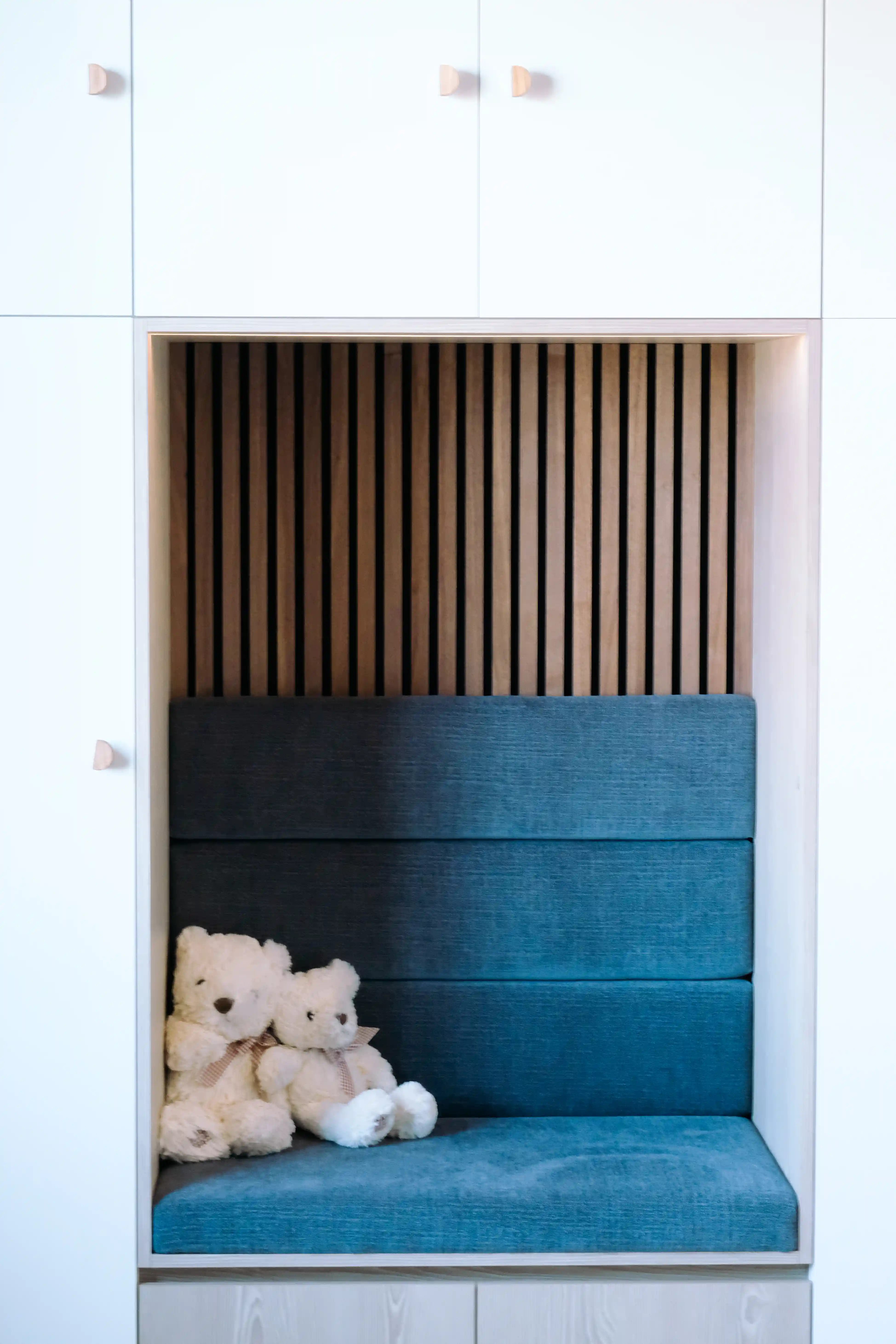
.webp)
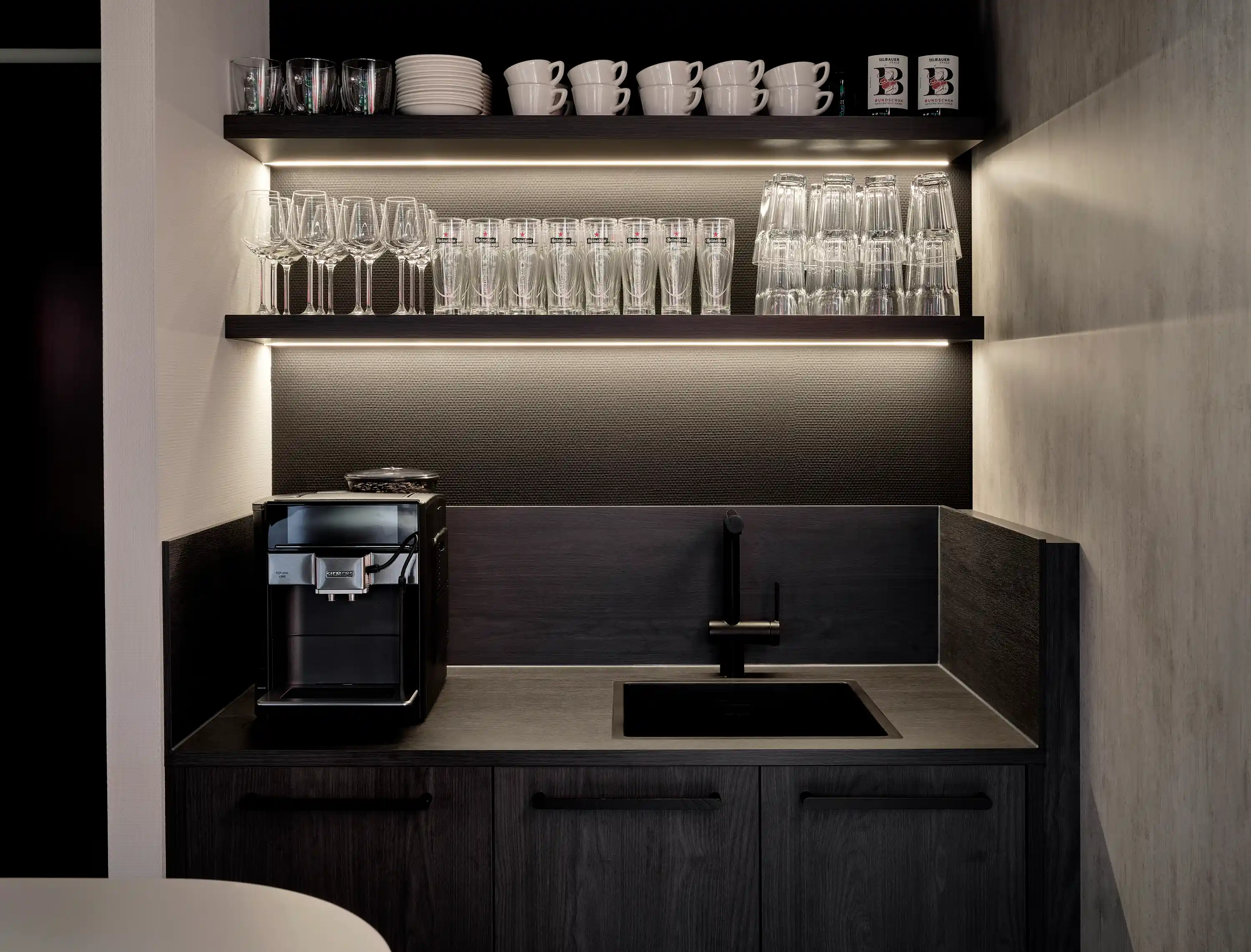

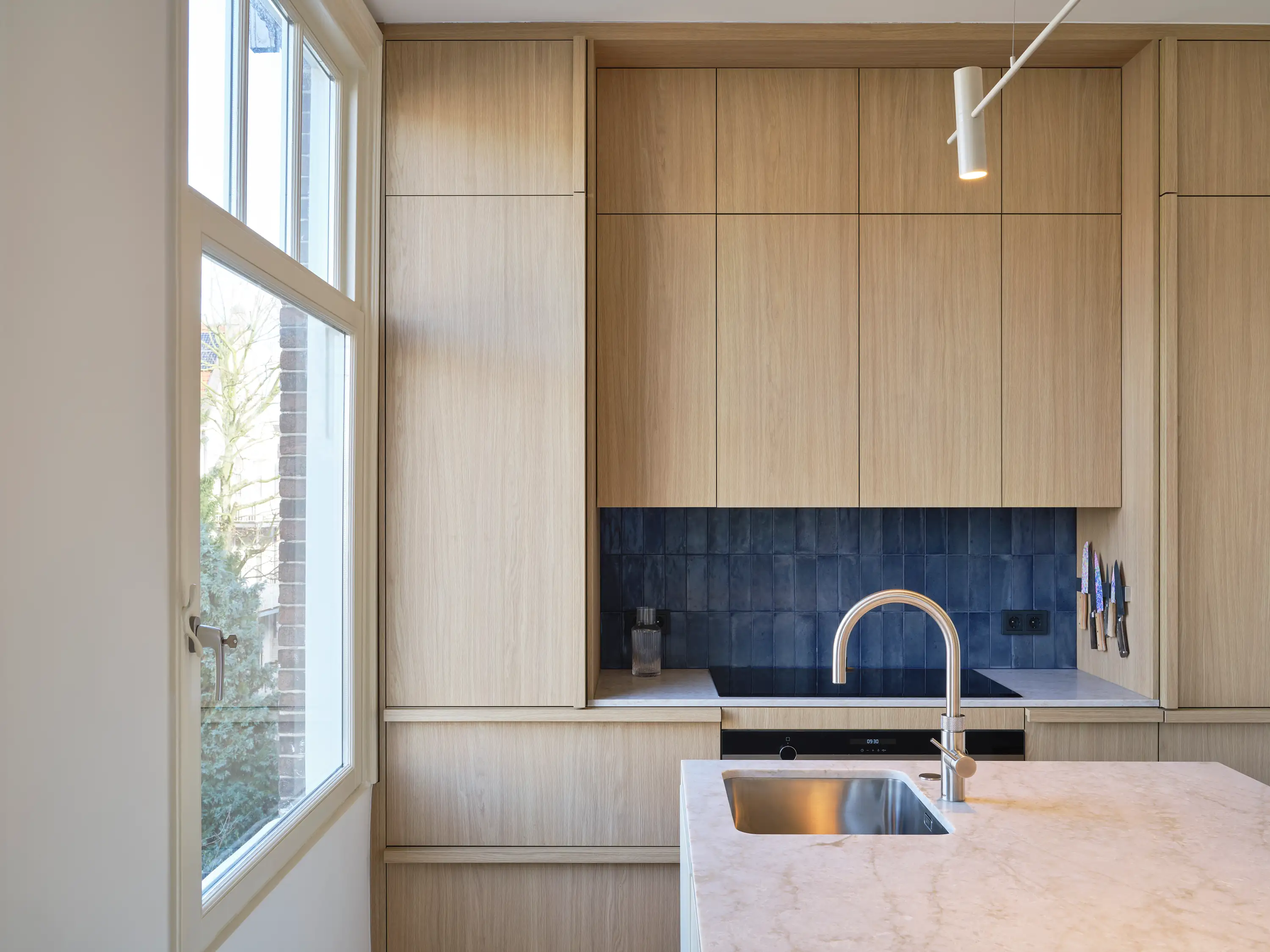

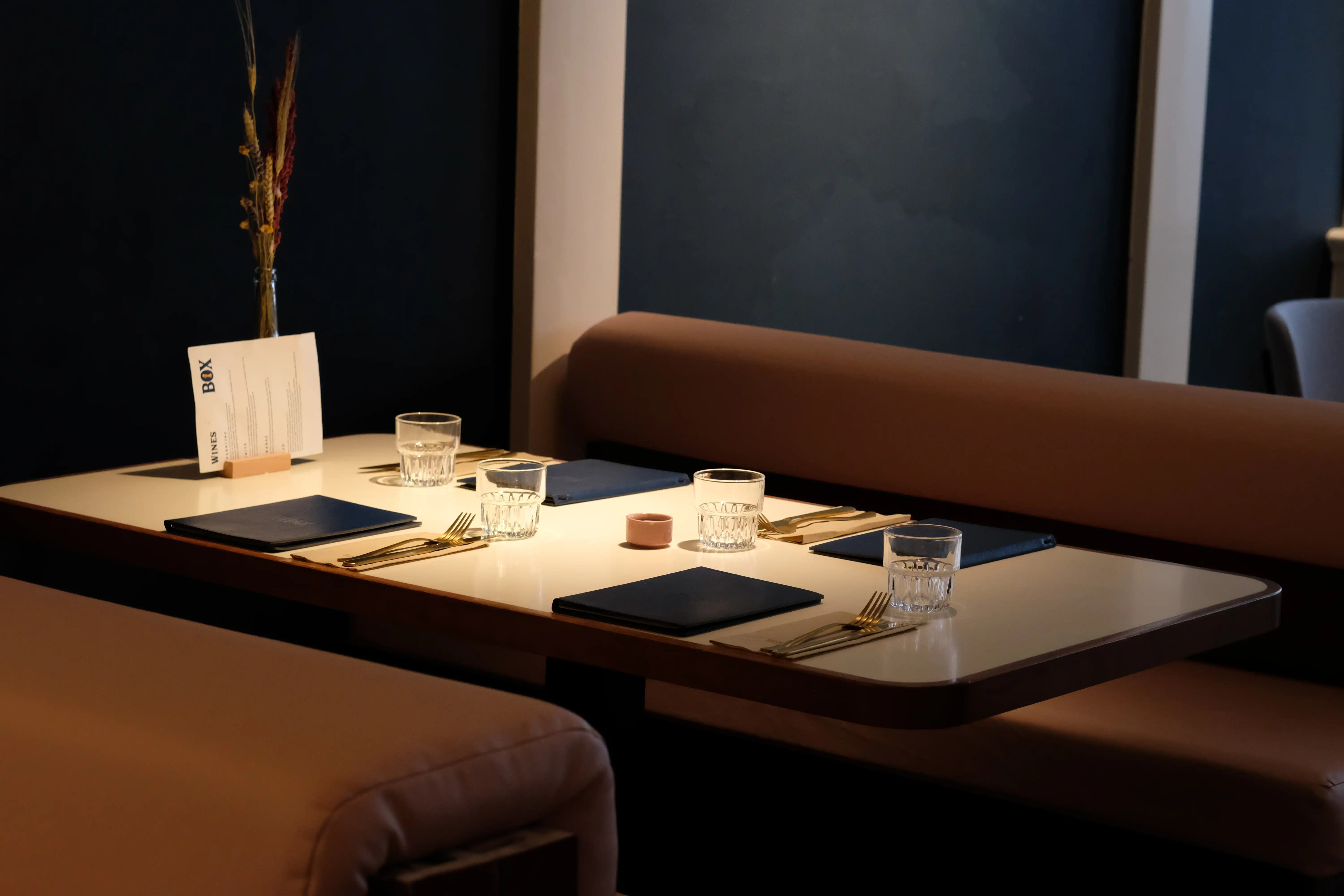




.webp)
